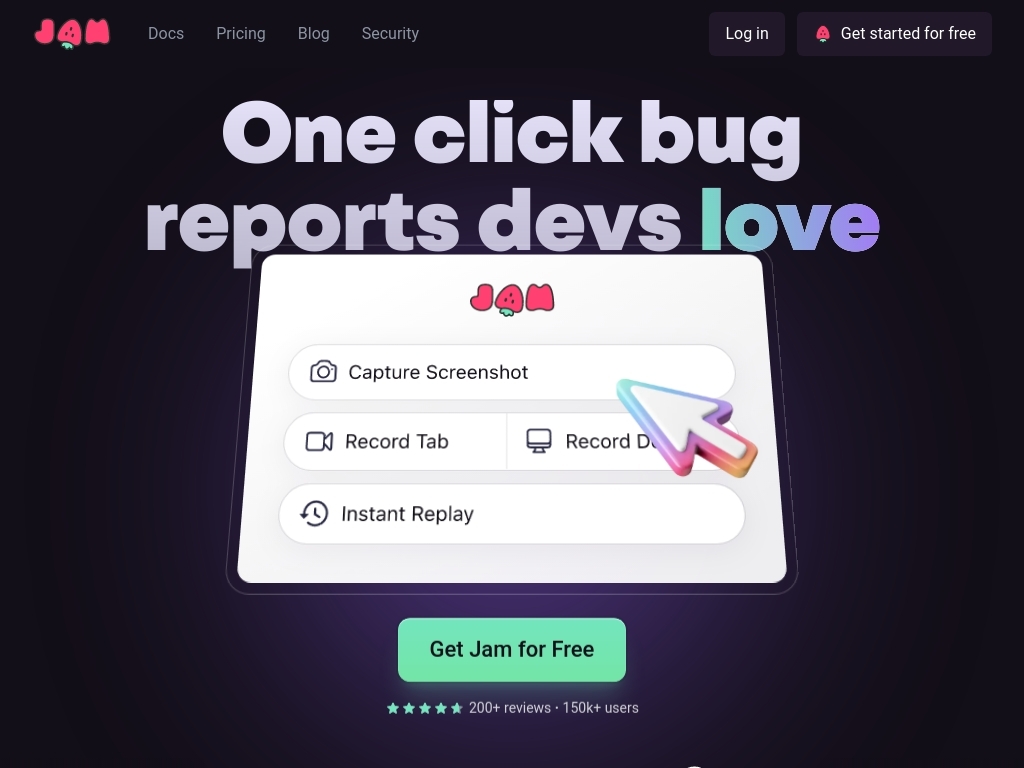How 2 Founders Took Jam from 7 Failures to 1M Users
Who is Dani Grant?
Dani Grant, the founder of Jam, comes from a product management background at Cloudflare, where she experienced firsthand the challenges of debugging and communication between product teams and engineers. Her passion for resolving these issues led her to co-found Jam, leveraging her experience in developing and launching technology products.
What problem does Jam solve?
Jam is a browser extension that simplifies bug reporting by automatically capturing the technical details needed by developers, which saves time and frustration for teams dealing with complex software issues. Jam's easy-to-use format addresses the frequent and painful back-and-forth communication between product managers and engineers, making it an appealing tool for those who need to quickly convey debugging information without tedious manual documentation.


How did Dani come up with the idea for Jam?
Dani Grant, previously a product manager at Cloudflare, drew inspiration for Jam from her firsthand experiences with the frustrating process of reporting bugs and the inefficiencies that slowed down software development. Observing these challenges led to the realization that there was a need for a tool that streamlined communication between product managers and developers. Together with her co-founder, she...
Disclaimer: The initial draft of this article was compiled by the Starter Story team based on publicly available interviews, podcasts, and other content from the founder. See the sources we used here.

Download the report and join our email newsletter packed with business ideas and money-making opportunities, backed by real-life case studies.

Download the report and join our email newsletter packed with business ideas and money-making opportunities, backed by real-life case studies.

Download the report and join our email newsletter packed with business ideas and money-making opportunities, backed by real-life case studies.

Download the report and join our email newsletter packed with business ideas and money-making opportunities, backed by real-life case studies.

Download the report and join our email newsletter packed with business ideas and money-making opportunities, backed by real-life case studies.

Download the report and join our email newsletter packed with business ideas and money-making opportunities, backed by real-life case studies.

Download the report and join our email newsletter packed with business ideas and money-making opportunities, backed by real-life case studies.

Download the report and join our email newsletter packed with business ideas and money-making opportunities, backed by real-life case studies.










